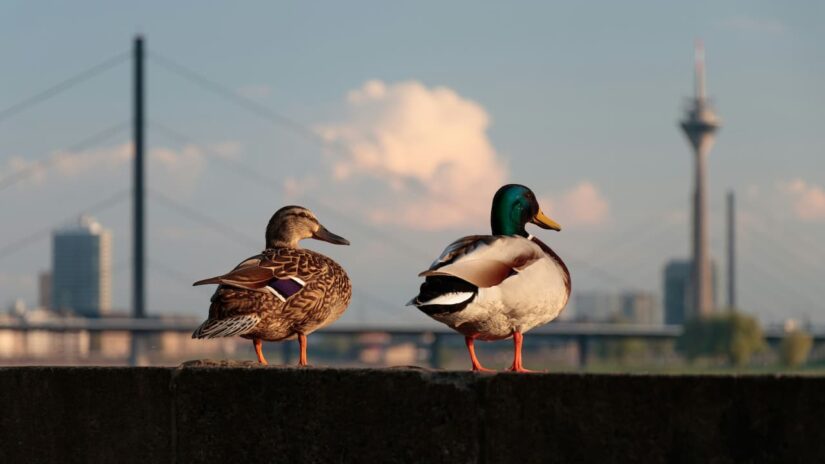The Fascinating World of Urban Wildlife: How Animals Adapt to City Life
Urban environments, with their towering skyscrapers, bustling streets, and sprawling infrastructure, might seem like an unlikely habitat for wildlife. However, many animal species have adapted to city life in remarkable ways, creating a unique interaction between nature and urban development. This phenomenon not only highlights the resilience of wildlife but also offers valuable insights into how we can coexist more harmoniously with the natural world.
Urban Wildlife: A Growing Presence
Cities are increasingly becoming habitats for various wildlife species. From raccoons rummaging through city trash bins to peregrine falcons nesting on skyscrapers, urban areas provide resources and opportunities that some animals have come to exploit. For many species, the abundance of food and lack of natural predators make cities an attractive alternative to their traditional habitats.
Species such as pigeons, squirrels, and crows are well-known urban dwellers. However, the diversity of urban wildlife goes beyond these familiar faces. Recent studies have documented a range of species, including foxes, deer, and even rare birds, adapting to city life.
How Animals Adapt to Urban Environments
Urban wildlife exhibits fascinating adaptations to thrive in city landscapes:
1. Behavioral Changes: Many animals modify their behaviors to navigate urban challenges. For example, raccoons have become adept at scavenging human waste, while pigeons have learned to find food in public spaces like parks and plazas.
2. Physical Adaptations: Some species develop physical traits that help them cope with city life. For instance, urban-dwelling birds might have evolved to be less fearful of humans, allowing them to thrive in areas with high foot traffic.
3. Nesting and Shelter: Urban environments provide unique nesting opportunities. Birds like peregrine falcons have taken to nesting on tall buildings, which mimic the cliffs and high ledges they would use in the wild. Similarly, bats might roost in old buildings or under bridges, finding safety away from natural predators.
4. Dietary Shifts: The availability of human food can lead to dietary changes in urban wildlife. Many animals, including pigeons and squirrels, have adapted to eating food scraps and discarded items, which can sometimes lead to health issues but also indicates their ability to adjust to new food sources.
The Impact of Urbanization on Wildlife
While urban environments offer new opportunities for wildlife, they also present challenges. Habitat fragmentation, pollution, and increased human-wildlife conflicts can negatively impact urban species. For example, roadways and traffic pose significant risks to animals trying to navigate between green spaces.
Urbanization also affects the behavior and health of wildlife. Pollution and chemicals in city environments can impact animal health, and the stress of living in high-density areas can affect reproductive success and overall well-being.
Promoting Coexistence: What Can We Do?
Encouraging positive interactions between urban wildlife and city residents is crucial for maintaining a balanced ecosystem. Here are some ways to support urban wildlife:
1. Create Wildlife-Friendly Spaces: Incorporate green spaces, parks, and wildlife corridors into urban planning to provide safe havens for animals. Planting native vegetation can also attract beneficial insects and birds.
2. Reduce Human-Wildlife Conflicts: Educate the public about proper waste management to avoid attracting wildlife to trash and food scraps. Implement measures to reduce encounters between wildlife and people, such as wildlife-proof trash bins and safe crossings for animals.
3. Support Conservation Efforts: Advocate for policies that protect urban wildlife and their habitats. Support local organizations working to study and conserve urban wildlife.
4. Observe Responsibly: When interacting with urban wildlife, do so respectfully. Avoid feeding or disturbing animals, and observe them from a distance to minimize stress and interference.
Conclusion
The presence of wildlife in urban areas underscores the adaptability and resilience of nature. As cities continue to expand, understanding and supporting urban wildlife becomes increasingly important. By fostering environments that accommodate both people and wildlife, we can create cities that are not only vibrant and dynamic but also harmonious with the natural world.
